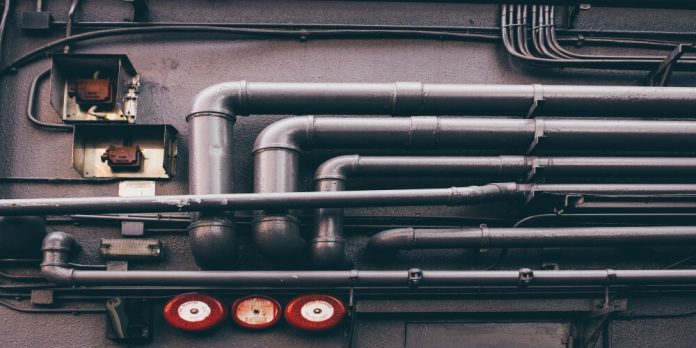Steel is one of the core materials that made industrialization possible. Its high durability nature has enabled it to parent many industrial components like stainless steel pipes. Steel pipes derive their durability from its carbon framework, which has helped it one of the major constituents in the construction sector. Let’s break down the main components that bore such a magnificent transporter.
The following unique components were used to produce extra hardened and versatile steel that is structured with longevity.
-
Iron
This is the primary element in steel pipes. It provides the basis on which other materials are added to improve its strength and superiority.
Iron is a chemically reactive component that reacts with nature’s elements hence reducing its quality and purpose. Iron is found almost anywhere but in an impure state.
To improve the quality of stainless steel pipes, scientists found a way to enhance ferrous elements’ quality to fit different purposes. Some of the materials added were nickel and chromium to increase ductility and prevent rust, while carbon is the muscle power in ensuring steel is strong enough.
-
Chromium alloys
For decades, rusting is a major destructive force that made engineers stumbled into dead ends when iron pipes burst. It seems to be a simple process where water reacts with iron to form rust, but it was a big problem that required an urgent solution to engineers. Stainless steel is made by incorporating rustproof chromium alloys to improve its functionality and durability.
The primary purpose of steel pipes is the transporting of fluids. As an antirust compound, chromium is dresses pipes in its protective shield preventing chemical reaction of water and irons on the steel pipes- a key element in the piping industry.
-
Nickel alloys
Construction involves manipulating, welding, bending, and shaping materials to fit the correct dimensions. The ductility of steel pipes is improved by adding nickel.
Nickel empowers the steel with an all-weather title enabling it to survive harsh conditions. The ability to cop up with extreme conditions allows steel pipes to be a signature component in the transporting of cold water in freezing Greenland or petroleum product in the Arabian Desert.
-
Carbon
Carbon is the second primary compound in steel pipes. During the manufacturing process, carbon is added in desired quantities to improve the strength of steel, earning steel both toughness and durability trophies
The higher the carbon quantity, the stronger the steel. If used in lesser amounts, weaker steel will be produced.
The level of carbon in steel might be a curse or a blessing at the same time. Steel pipes with higher carbon quantities tend to be very hard and brittle, a mechanical challenge to work with. Less rigid and robust lines are substituted by ductility due to a low carbon ratio.
We have uncovered what is inside stainless steel pipes inside our buildings, providing a strong foundation, and ensuring a continuous supply of water and gasses. Steel pipes are a real example of engineering success that combines iron, carbon, nickel, and chromium.







